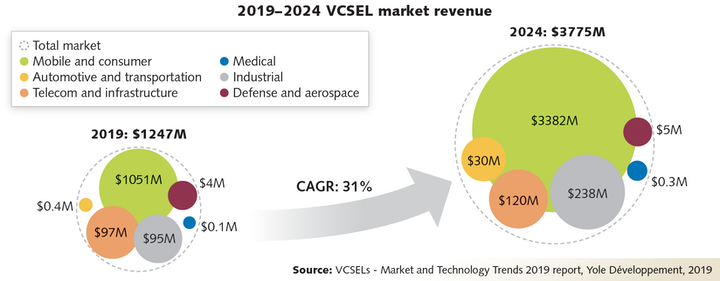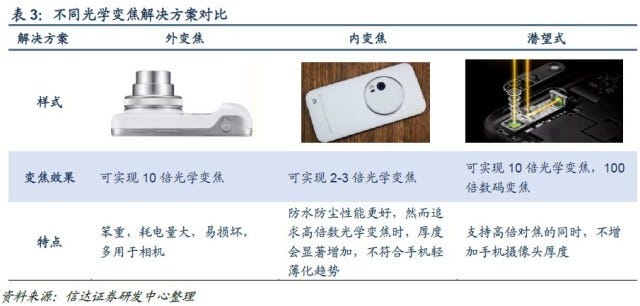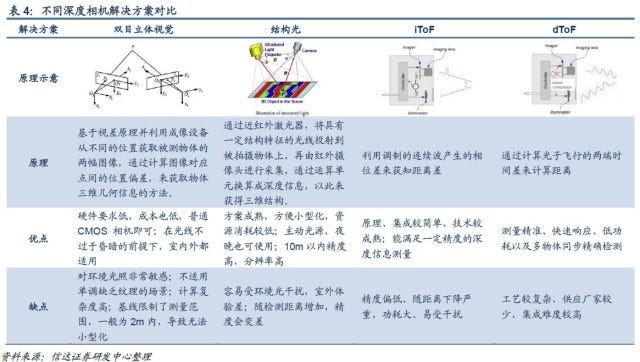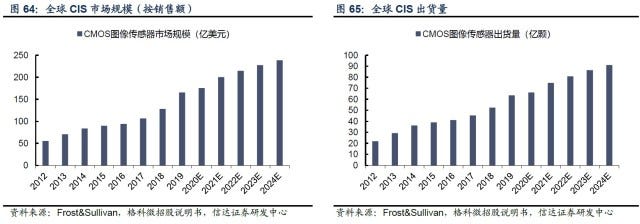Lumentum made a strategic move to acquire Coherent


Lumentum made a strategic move to acquire Coherent in a cash-and-stock deal valued at USD5.7B. This helps Lumentum to fight against II-VI, which acquired Finisar last year. Lumentu mand Coherent are both focused on optical components — lasers — for a variety of different applications. (Laoyaoba, Coherent, Barron’s, Market Watch)

With the development of the camera technology, the periscope lens has become a high-power zoom solution for smartphones. The principle of the periscope lens is to place the telephoto lens that originally required a long channel vertically and horizontally, and then use a special optical prism to let the image light refracted to the image sensor of the telephoto lens. Thereby without increasing the thickness of the phone, the focal length of the camera can be greatly increased to make up for the lack of internal zoom and achieve a higher optical zoom. (Cinda Securities report)

Current depth cameras can be divided into 3 types according to their working principles: time of flight (ToF), binocular stereo vision, and structured light. ToF can be divided into indirect time of flight (iToF) and direct measurement time of flight (dToF). (Cinda Securities report)

The mobile phone CIS market reached USD12.1B in 2019. Despite the impact of the epidemic in 2020, smartphone sales are flat, but the CIS market is still growing, with an estimated revenue of USD12.6B and shipments of 5.1B units. As the impact of the epidemic subsides, the phone market is back on track. Innovative applications such as multi-camera, high-resolution, periscope and depth cameras have become popular, and smartphone CIS growth has picked up. According to Frost & Sullivan’s estimates, the size of the phone CIS market in 2024 will reach USD16.4B, and shipments will grow to 6.8B units. (Cinda Securities report)

Credit